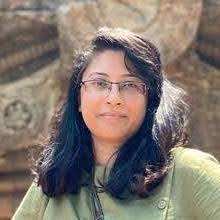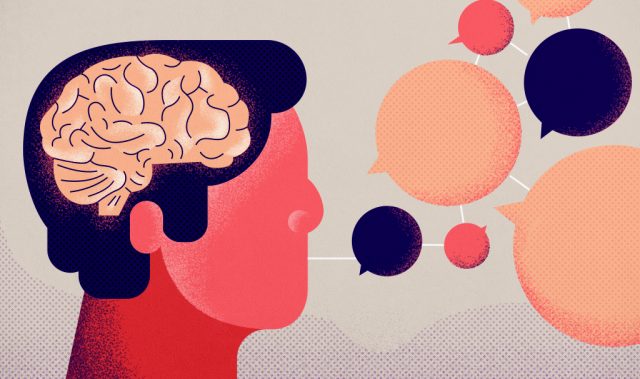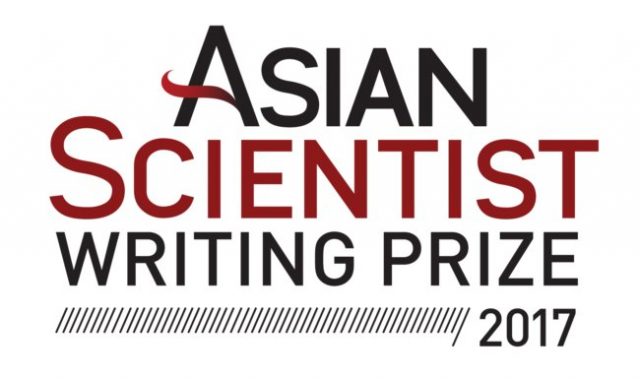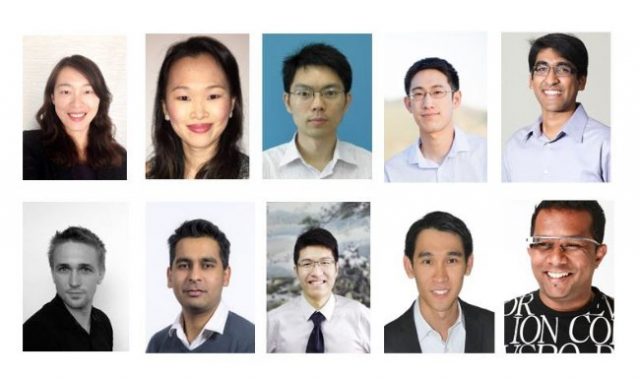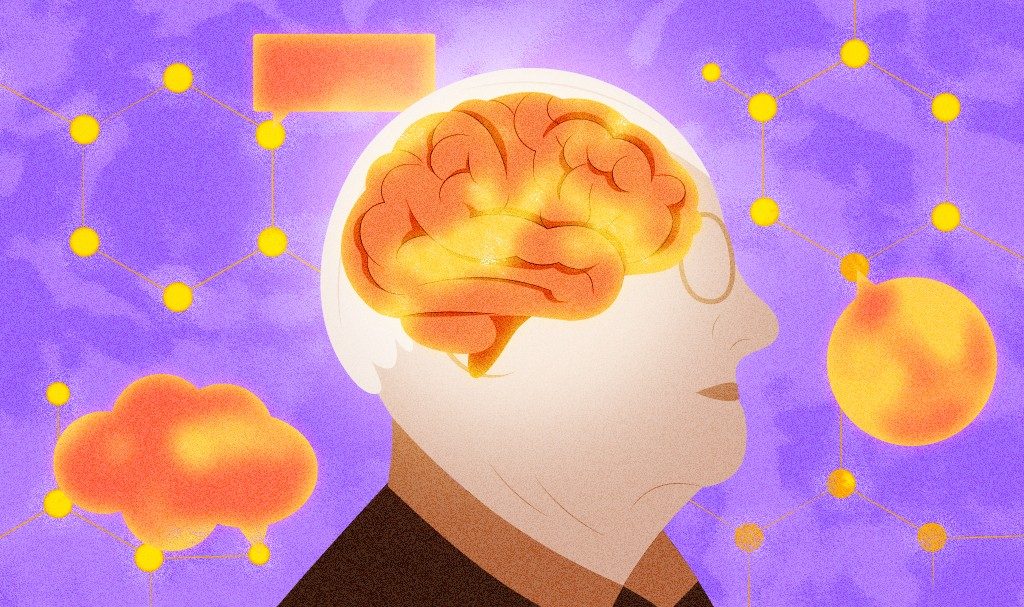
AsianScientist (Apr. 11, 2024) – Past studies on children and young adults have shown that being bilingual can boost cognitive reserve and enhance mental flexibility, attention control and working memory (also known as theory of mind)—essential for understanding other people’s behavior. Researchers from the Singapore University of Technology and Design (SUTD) and their collaborators from the National University of Singapore (NUS) were curious to know if this social cognitive enhancement persists in later life.
To answer this question, they conducted a study involving 96 young and older adults and found that early bilingualism may protect the theory of mind abilities against expected age-related declines. The study was published in Scientific Reports.
As people age, changes occur in both the body and the brain. Specific brain areas shrink, and communication between neurons becomes less effective. “Such structural and functional changes result in an age-related decline in cognitive function, affecting language, processing speed, memory, and planning abilities,” said Yow Wei Quin, Professor at the Singapore University of Technology and Design (SUTD).
Cognitive reserve is the brain’s way of adjusting and compensating for any decline or harm it faces. It lets a person find other ways and brain areas to accomplish tasks. Cognitive reserve is tied to its neural foundation, brain reserve, which involves having good brain features like a bigger brain and more connections between neurons. Yow added, “These reserves highlight the brain’s flexibility and resilience. An individual with greater reserves is likely to maintain good cognitive function in aging.”
For the study, the researchers recruited 46 young adults and 50 older adults, all residents of Singapore. The young adults were mainly university students, while the older adults lived in the community and were recruited through posters, social media, or word-of-mouth.
The participants were right-handed, had normal or corrected vision, normal color vision, no history of neurological or psychiatric conditions, and had at least three years of education. Older adults were also checked for cognitive decline. Most young adults completed pre-university education, while older adults had various educational backgrounds.
All participants were bilingual or multilingual, speaking English and Mandarin, with some knowing additional languages. Young adults who participated in the study generally learned their second language earlier than older adults.
To administer the study, each person attended two sessions: one for tests and another for MRI scans. During the test session, older people took a memory test and four other tests about thinking and language. Then, all the participants, young and older adults, completed tasks to understand people’s thoughts and a language questionnaire.
During the MRI session, participants completed tasks while being scanned. Some tasks involved showing them things to see how they reacted emotionally. This study examined only the brain’s structure because early life experiences usually influence the brain’s reserves. To check how well people understood others’ thoughts, they completed 15 questions within nine tasks called the Theory of Mind Task Battery. Additionally, they completed a language background form and other tests to assess their thinking skills.
Brain images (MRI) were taken using a special scanner, and a program called FreeSurfer 6.0 helped analyze them. The program examined different brain parts based on size and shape to determine their health. Researchers found that learning a second language early and having better social cognitive skills were linked to changes in brain structure, including increased gray matter volume and cortical thickness in young and old adults. Learning a second language earlier appeared to have led to these brain changes, which could help protect social and cognitive abilities as people age.
These social cognitive skills are essential, especially in understanding others’ thoughts and emotions. The study suggests that bilingualism goes beyond just language skills and helps maintain social cognition as people age, promoting healthier aging.
“Our findings highlight the potential social-cognitive benefits associated with acquiring a second language early in life,” said Dr Li Xiaoqian, co-first author of the paper from SUTD.
The study’s findings also motivate parents and educators to encourage early bilingual education and lifelong bilingualism. Bilingualism can enrich and preserve social cognitive function, allowing people to participate in activities they enjoy, maintain relationships, and lessen the need for care in later life.
While age-related neurocognitive decline is natural and often manageable, delaying the process is essential to enabling individuals to live independently longer. This study is part of a larger project examining age-related psychological and neurological changes in social cognition.
The team also collected Functional magnetic resonance imaging (fMRI) data on participants performing social-cognitive tasks. fMRI is a technique that detects slight alterations in blood flow during brain activity. It helps analyze the brain regions involved in crucial functions, assess the impact of stroke or other ailments, and direct brain treatment. In future, the researchers plan to analyze the behavioral and neuroimaging data to determine how bilingualism affects social cognition.
—
Source: Singapore University of Technology and Design ; Image: Shelly Liew/ Asian Scientist Magazine
The paper can be found at: Brain gray matter morphometry relates to onset age of bilingualism and theory of mind in young and older adults
Disclaimer: This article does not necessarily reflect the views of AsianScientist or its staff.



